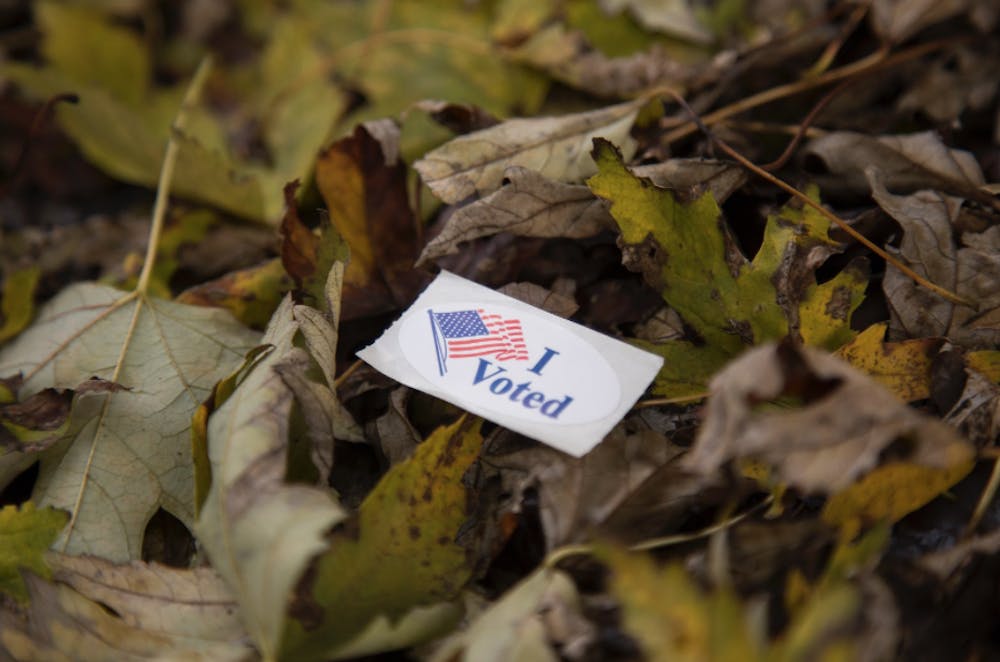By: Archer K Hill II
Although not quite a ‘blue wave’, the U.S. midterm elections, which took place on Nov. 6, were a watershed moment for American politics. Many media outlets and political think tanks called it “the most important Midterm election ever.” And for the level of political scaremongering and campaign spending seen over the course of the campaign cycle, such a label was deserved. In fact, it is estimated that $5.2 billion was spent—a 35 percent increase from the 2014 midterms—making it by far the most costly in history.Despite such extraordinary numbers—including the $69.1 million raised by Beto O’Rourke, the Democratic Senate-hopeful from Texas—the outcome was anything but surprising, and more or less status quo. Pundits and experts mostly agreed that Democrats would take the House of Representatives, but not the Senate. And that is exactly what happened: Democrats gained 30 seats in the House and took control, while Republicans held on to the Senate, gaining two seats. Still, the results are consequential to the future of the country—especially with regard to the environment and the legislative fight against climate change.Throughout his time in office President Trump, with the help of Republican lawmakers, has reversed Obama-era environmental regulations and been in clear contempt of green policies—as seen in his climate change denial and withdrawal of the U.S. from the Paris Climate Agreement (which has yet to take effect). With their newfound majority, House Democrats can now provide a check on some of his and his party’s recklessness. Furthermore, they can attempt to push through more green legislation and prevent further rollbacks of essential environmental regulations.The statistics favor such a prediction. According to the League of Conservation Voters, an environmental policy watchdog, voting on environmental issues during the last Congressional session went largely along party lines. In 2017, both senators and representatives voted in a pro-environmental fashion 45 percent of the time. Those numbers roughly aligned with the number of elected Democrats in each chamber. Should this trend continue with more Democrats in the House, environmentally-friendly legislation could stand a better chance at survival on the floor of Congress, while environmentally-harmful policies should face a tougher path to being enacted.At least in theory. The problem is, over the next two years the Left will be concerned with rallying their base for the 2020 Presidential election. This especially means a focus on regaining the disaffected white, working class voters that they have lost touch with in recent years. Such voters tend to care most about jobs and immigration policy, and little about the environment. So there is no guarantee that environmental policy will be central to the Democratic agenda over the next two years.For this reason, it is perhaps unsurprising that presumed incoming Speaker of the House Nancy Pelosi made no mention of climate change in her victory speech following the midterms, instead choosing to focus on economic concerns, diversity and “[draining] the swamp of dark interest money” in Washington. She did give a very brief mention to clean air and water, but only in passing. Furthermore, there was not one state ballot measure in the elections on environmental legislation (there were, however, six on another type of ‘green’ legislation—the legalization of marijuana). This gives us some insight into where the priorities of the American public and elected officials lie.Despite a lack of urgency by the Democratic party on climate change, progress in this Congress is possible, even if accomplished inadvertently. With control of the House, many believe Democrats will hassle the President on his campaign financing, Russia’s election meddling and other purported bad behavior—something that has been largely up to the news media over the past two years. In fact, just three days after the election more damning evidence of the President’s unstately actions has made headlines. The newly-elected Left may now be able to occupy enough of his attention that he is prevented from inflicting further harm to the environment through regulatory rollbacks. On the other hand, a firmly Republican Senate and a blatantly conservative Supreme Court may do the job for him. Ultimately, the tide may not be turning quickly enough for our dying planet.Photo by Josh Carter on Unsplash.

